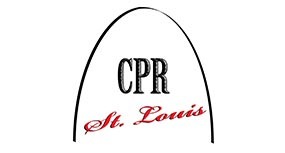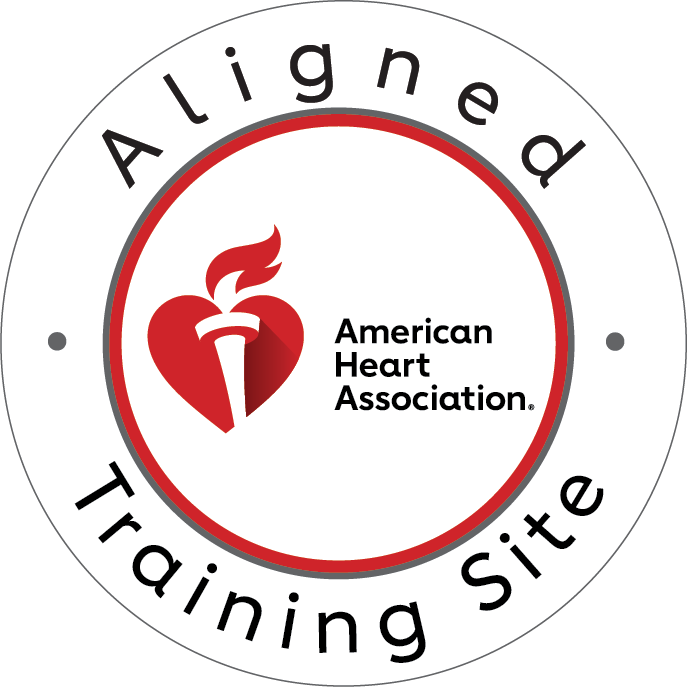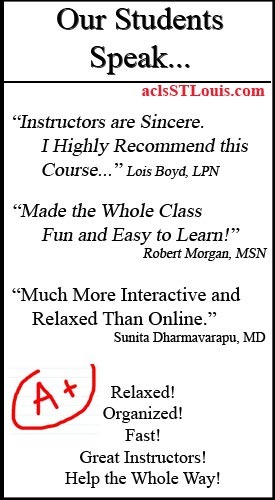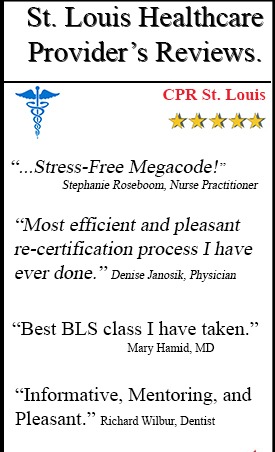In a cardiac emergency, performing CPR with effective rescue breaths is crucial for saving a person’s life. One of the most effective tools a rescuer can use during CPR is a pocket mask. This small, portable device provides a safe and efficient way to deliver breaths without direct mouth-to-mouth contact, making it an essential tool for both professional and lay rescuers. Understanding where the rescuer should be positioned when using a pocket mask is key to ensuring that the breaths are delivered properly and effectively. In this article, we will discuss the importance of the pocket mask, the correct positioning of the rescuer, and why proper training is essential for delivering high-quality CPR.
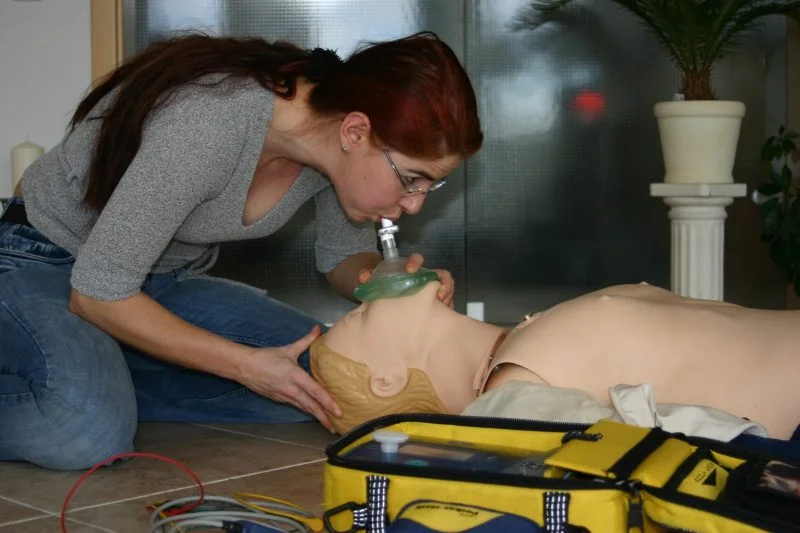
Understanding the Pocket Mask
The pocket mask is a valuable device used to administer rescue breaths during CPR. It consists of a plastic mask with a one-way valve, which ensures that the rescuer’s breaths are directed into the victim’s lungs while preventing any contamination or backflow of air. One of the primary benefits of the pocket mask is that it reduces direct contact between the rescuer and the victim, minimizing the risk of transmitting diseases. It also helps to create a better seal over the mouth and nose, which can deliver more effective breaths than mouth-to-mouth resuscitation alone.
Proper Rescuer Positioning When Using a Pocket Mask
The pocket mask is typically used in scenarios where the victim is unresponsive and not breathing, particularly in adults, children, and infants in need of rescue breaths. In situations of cardiac arrest, after chest compressions have been initiated, the pocket mask ensures a steady flow of oxygen into the lungs, helping to prevent further organ damage until emergency medical professionals can arrive. Its use is vital in CPR because it plays a significant role in providing high-quality ventilation, which is one of the core elements of successful resuscitation.
General Positioning
When using a pocket mask, proper rescuer positioning is essential for effective ventilation and airway management. The rescuer should be positioned at the victim’s head to maintain control of the airway and ensure the mask is securely placed over the nose and mouth. This position allows for optimal airway management, enabling the rescuer to deliver breaths while observing the victim’s chest for signs of adequate ventilation, such as chest rise.
To achieve proper rescuer positioning when using a pocket mask, the first step is to kneel behind the victim’s head, especially if the victim is lying supine (on their back). This position provides better leverage for applying the pocket mask and allows the rescuer to maintain clear visibility of the victim’s chest. The rescuer should then place the pocket mask over the victim’s nose and mouth, ensuring that it forms a tight seal. This is a crucial step to prevent air from escaping and to make sure that the breath is directed into the victim’s lungs.
Steps for Correct Placement
In addition to placing the mask correctly, the rescuer should use the EC-clamp technique to help maintain the seal and open the victim’s airway. To do this, the rescuer forms a “C” with their thumb and index finger, which is used to hold the mask in place. The other fingers should be used in an “E” shape to lift the victim’s jaw, which helps to keep the airway open. This technique is particularly important as it ensures that the airway is unobstructed and the mask stays in place during ventilation. The rescuer should deliver breaths by blowing into the mask while observing for chest rise to confirm that the breaths are effectively inflating the lungs.
Common Mistakes and How to Avoid Them
However, even seasoned rescuers can make mistakes when using a pocket mask. One common error is failing to achieve a proper mask seal, which results in ineffective ventilation. To avoid this, rescuers should ensure the mask is firmly positioned over the nose and mouth and that there are no gaps where air could escape. Another mistake is improper head positioning, which can lead to airway obstruction. If the head is not tilted back appropriately or if the jaw is not lifted properly, the airway may remain blocked, making it difficult to deliver effective breaths. Lastly, rescuers should avoid giving either too many or too few breaths—delivering the right amount of air at the correct intervals is essential for effective CPR.
Importance of Proper Training and Certification
Proper training is the key to mastering the use of a pocket mask and performing high-quality CPR. Organizations like CPR St. Louis provide accredited CPR courses that teach individuals how to use a pocket mask correctly, as well as how to perform chest compressions, manage airways, and provide other life-saving techniques. In these courses, rescuers not only learn about the technical aspects of CPR but also gain valuable hands-on experience in realistic, high-pressure scenarios. This practice is vital for building confidence and competence in responding to emergencies.
Accredited courses such as Basic Life Support (BLS), Advanced Cardiovascular Life Support (ACLS), and Pediatric Advanced Life Support (PALS) provide thorough instruction on the use of a pocket mask and other essential CPR skills. These certifications ensure that healthcare providers, teachers, parents, and bystanders are prepared to act quickly and effectively in life-threatening situations. The hands-on training offered by CPR St. Louis, for example, ensures that participants leave with the knowledge and skills to perform CPR and other first aid measures.
Conclusion
Using a pocket mask in CPR is a critical skill that can help save lives by providing safe and effective rescue breaths. Ensuring proper rescuer positioning at the victim’s head allows for the best airway management and ensures the mask creates a tight seal for ventilation. By following the correct steps for positioning, sealing, and breathing, rescuers can maximize the effectiveness of their efforts and improve survival chances.
To become proficient in using a pocket mask and performing CPR, it’s essential to enroll in hands-on training courses. CPR St. Louis offers expert CPR training, including the use of the pocket mask and other life-saving techniques. Enroll today to gain the confidence and competence needed to respond to emergencies and potentially save lives.

